If you’re looking for a superfruit that’s easy to grow, highly nutritious, and low-maintenance, the Chokeberry (Aronia) is a perfect choice. Known for its deep purple to black berries, Chokeberry is packed with antioxidants, vitamins, and minerals, making it one of the healthiest fruits you can grow in your backyard. Even better, you can start a thriving Chokeberry patch for as little as $2 per plant, and it requires very little water compared to other fruiting plants.
In this comprehensive guide, we’ll take you through the entire process — from planting to harvest — so you can enjoy your own homegrown superfruit while keeping costs and effort low.
What is Chokeberry (Aronia)?
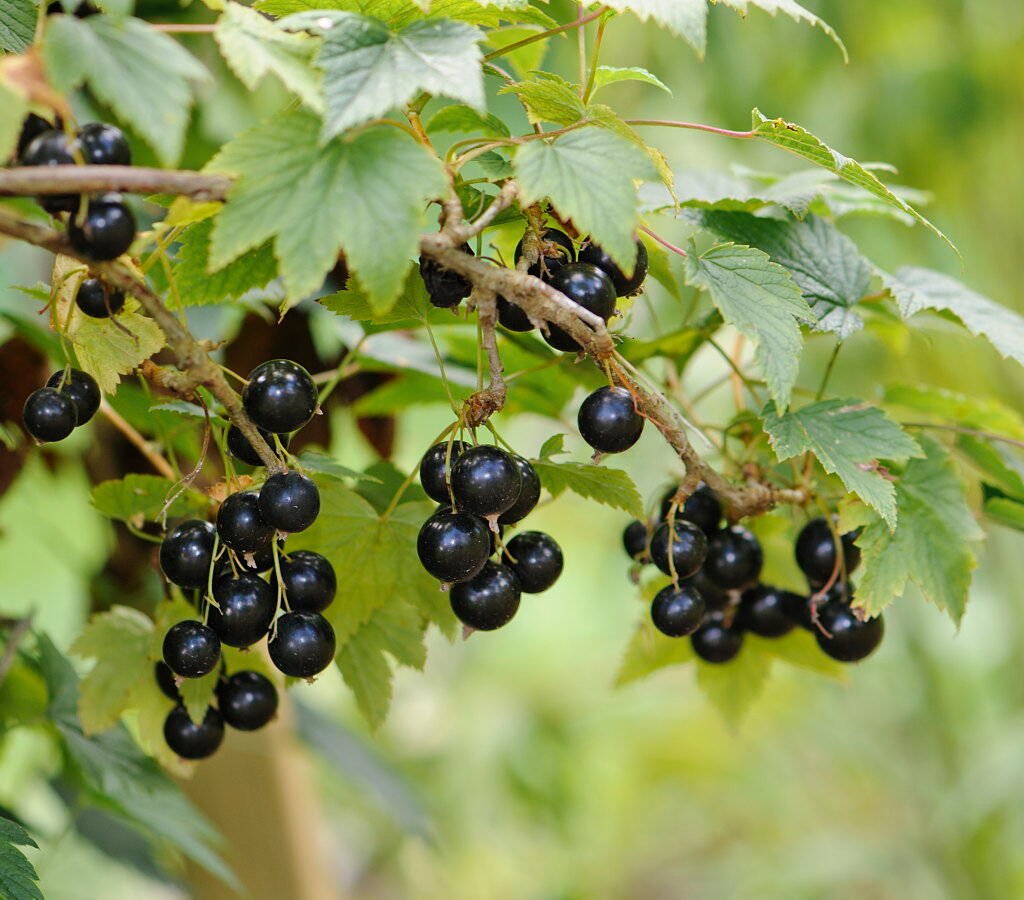
Chokeberry, also known as Aronia, is a hardy deciduous shrub native to North America. It belongs to the Rosaceae family, the same family as apples and pears, and produces small, round berries that are rich in antioxidants such as polyphenols and anthocyanins.
These berries have a slightly tart flavor, making them perfect for juices, jams, smoothies, and even baking. They’re also gaining popularity in health circles due to their ability to support heart health, boost immunity, and reduce inflammation.
Chokeberries come in two main varieties:
- Black Chokeberry (Aronia melanocarpa): Most common, highly nutritious, and drought-tolerant.
- Red Chokeberry (Aronia arbutifolia): Ornamental variety with bright red berries, less commonly used for consumption.
For gardeners interested in food production and low-maintenance crops, Black Chokeberry is the ideal choice.
Step 1: Starting Chokeberry for Just $2 per Plant
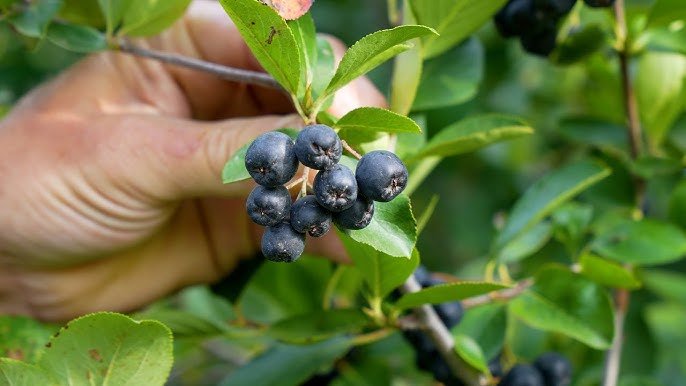
One of the most attractive aspects of Chokeberry cultivation is its low initial cost. You can purchase young seedlings for as little as $2 each, either from a local nursery or online suppliers.
Tips for buying seedlings:
- Look for healthy plants with green leaves and well-developed roots.
- Avoid plants that appear weak, discolored, or root-bound in their container.
- For a more cost-effective approach, consider propagating from cuttings of an existing plant.
Chokeberries are hardy and adaptable, so even inexpensive seedlings can grow into productive bushes with proper care.
Step 2: Ideal Growing Conditions
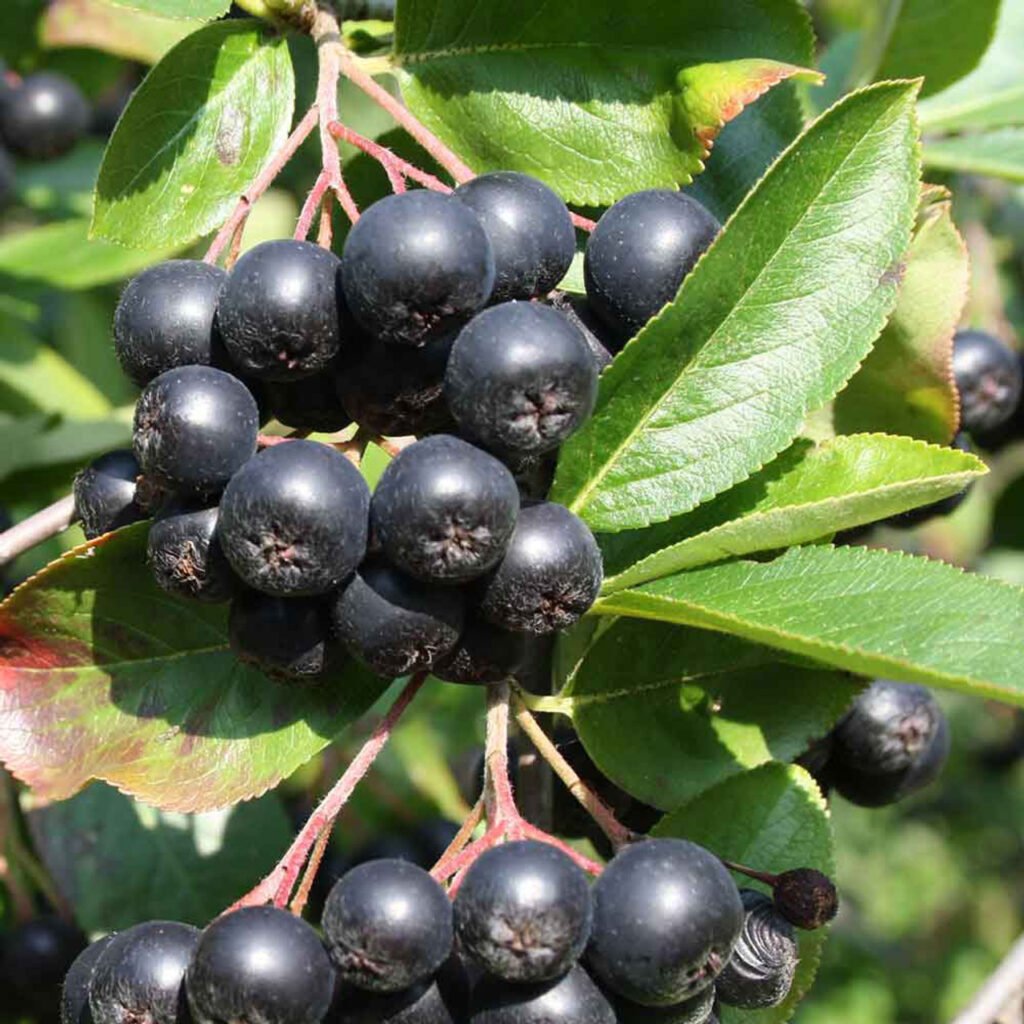
Chokeberries are extremely resilient and easy to grow in a variety of soil types, but they thrive in:
- Sunlight: Full sun for best berry production, though they tolerate partial shade.
- Soil: Well-draining loamy soil is ideal, but Chokeberries can tolerate sandy or clay soils.
- Water: Minimal water is required once established, making them perfect for low-maintenance gardens or drought-prone areas.
Unlike many fruiting plants, Chokeberries are not fussy about soil pH and can even grow in slightly acidic to neutral soils.
Pro tip: While they can survive on low water, regular watering during the first year helps establish strong roots and improves early fruiting.
Step 3: Planting Your Chokeberries
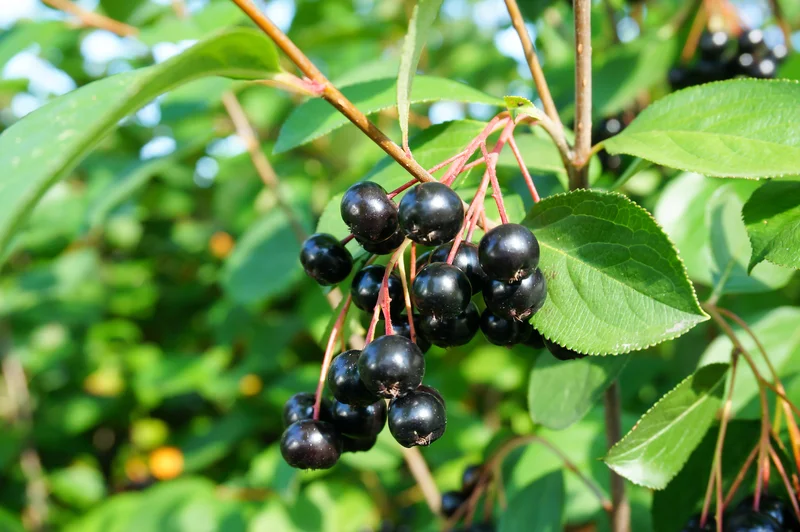
When planting Chokeberries, spacing is key to ensure healthy growth and good air circulation.
Planting steps:
- Select a sunny or partially shaded spot in your garden.
- Dig holes roughly 12–18 inches deep and wide enough to accommodate the roots comfortably.
- Place the seedling in the hole and backfill with soil.
- Water thoroughly after planting to help the soil settle around the roots.
- Mulch around the base with straw, compost, or bark chips to retain moisture and prevent weeds.
Spacing:
- For shrubs: Plant 2–3 feet apart.
- For larger hedges or commercial production: 3–4 feet apart.
Chokeberries grow moderately fast, and within a couple of years, they can reach 3–6 feet tall and wide, producing an abundant harvest.
Step 4: Minimal Care for Maximum Yield
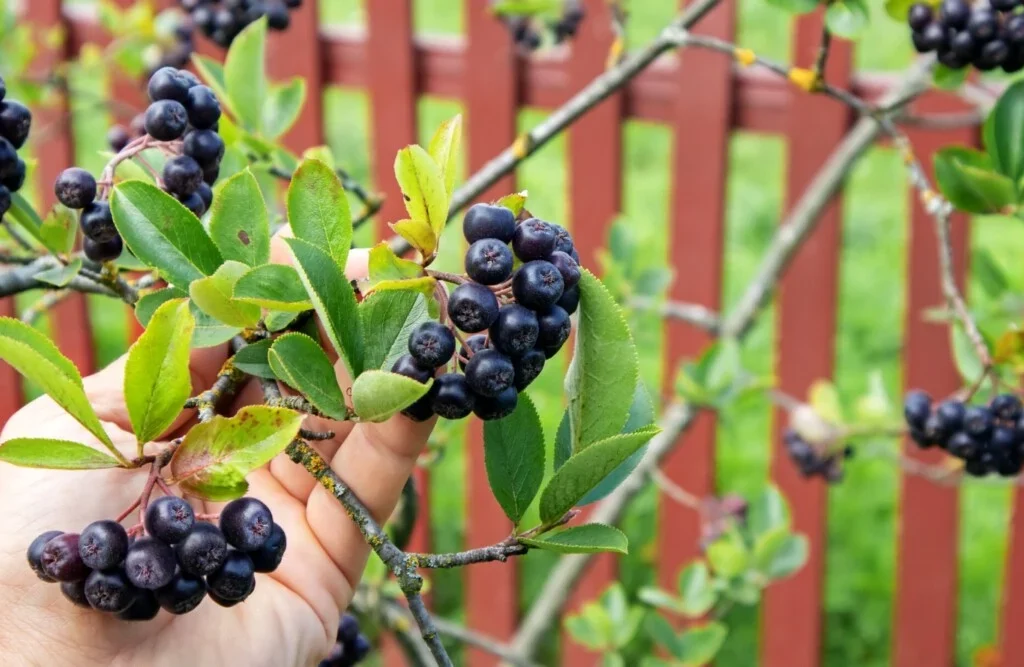
One of the main reasons Chokeberry is considered a “superfruit” for beginners is its low-maintenance requirements. Here’s what you need to know:
Watering:
- Young plants need regular watering for the first growing season.
- Once established, Chokeberries require little water and can tolerate drought conditions better than many other fruiting shrubs.
Fertilization:
- Apply a balanced fertilizer in early spring to encourage growth and berry production.
- Organic compost works well for maintaining soil fertility.
Pruning:
- Prune in late winter or early spring before new growth begins.
- Remove dead, damaged, or crossing branches to encourage airflow and reduce disease risk.
- Chokeberries naturally develop a rounded, bushy shape, so heavy pruning is usually unnecessary.
Pest and Disease Resistance:
- Chokeberries are naturally resistant to most pests and diseases.
- Occasional aphids or leaf spots may occur, but they are rarely a major issue.
With minimal care, your Chokeberry shrubs will thrive and produce fruit year after year.
Step 5: Flowering and Fruiting
Chokeberries bloom in late spring, producing small white flowers in clusters. These blooms attract pollinators like bees, which help set the fruit.
The berries develop over summer and ripen by late August or September, depending on your climate. They start off red and darken to deep purple or black as they mature.
Harvesting:
- Harvest berries when they are fully dark and slightly soft.
- Gently shake branches or pick by hand.
- Chokeberries can be eaten fresh but are often processed into juices, jams, or baked goods due to their tart flavor.
Yield:
- Mature shrubs can produce up to 10–15 pounds of berries per plant annually, making them an incredibly productive crop for minimal investment.
Step 6: Health Benefits of Chokeberries
Chokeberries are more than just a pretty shrub — they’re a nutritional powerhouse. Here’s what makes them a superfruit:
- Rich in antioxidants: Protects cells from oxidative stress and aging.
- High in vitamins: Especially Vitamin C and Vitamin K.
- Supports heart health: Helps regulate blood pressure and cholesterol levels.
- Anti-inflammatory: Can help reduce inflammation in the body.
- Immune booster: Supports overall wellness and disease prevention.
Growing your own Chokeberries means you have fresh, organic superfruits at your fingertips, perfect for a healthy lifestyle.
Step 7: Chokeberries in the Landscape
Besides their nutritional benefits, Chokeberries are ornamental and versatile:
- They produce beautiful white flowers in spring.
- Their dark green summer foliage turns brilliant red or purple in fall.
- Dense growth makes them excellent for hedges, borders, or wildlife-friendly gardens.
- Birds love the berries, adding natural wildlife activity to your yard.
Planting Chokeberries not only feeds your family but also enhances the beauty and biodiversity of your garden.
Step 8: Water-Saving Tips
For gardeners in dry regions, Chokeberries are ideal because they thrive on limited water once established.
- Mulch helps retain soil moisture and reduces evaporation.
- Drip irrigation can be used sparingly for young plants.
- Avoid overwatering — too much water can lead to root rot or other problems.
With just a little attention during the first year, your Chokeberries will require very little supplemental watering in subsequent years, making them perfect for sustainable, low-maintenance gardening.
Step 9: Long-Term Care and Harvesting
Chokeberries are long-lived shrubs that can produce fruit for decades with minimal maintenance.
Long-term care tips:
- Inspect for dead or damaged branches annually and prune as needed.
- Keep the area around the base free of weeds to reduce competition for nutrients.
- Fertilize lightly every spring with compost or balanced organic fertilizer.
Over time, your Chokeberry shrubs will develop into a productive superfruit patch, providing a continuous supply of berries and a beautiful addition to your garden landscape.
Final Thoughts
Chokeberries (Aronia) are the perfect combination of affordability, low-maintenance, and nutritional value. Starting at just $2 per plant and requiring minimal water, these hardy shrubs are an excellent choice for both beginner and experienced gardeners.
By following this guide — from planting seedlings to harvesting ripe berries — you can enjoy your own superfruit crop at home, packed with flavor, antioxidants, and health benefits. Whether you’re looking to enhance your garden, produce healthy food, or create a sustainable, low-water landscape, Chokeberries are a smart investment that pays off for years to come.
Start planting your Chokeberry shrubs today, and experience the satisfaction of growing a superfruit that’s as rewarding to grow as it is to eat!
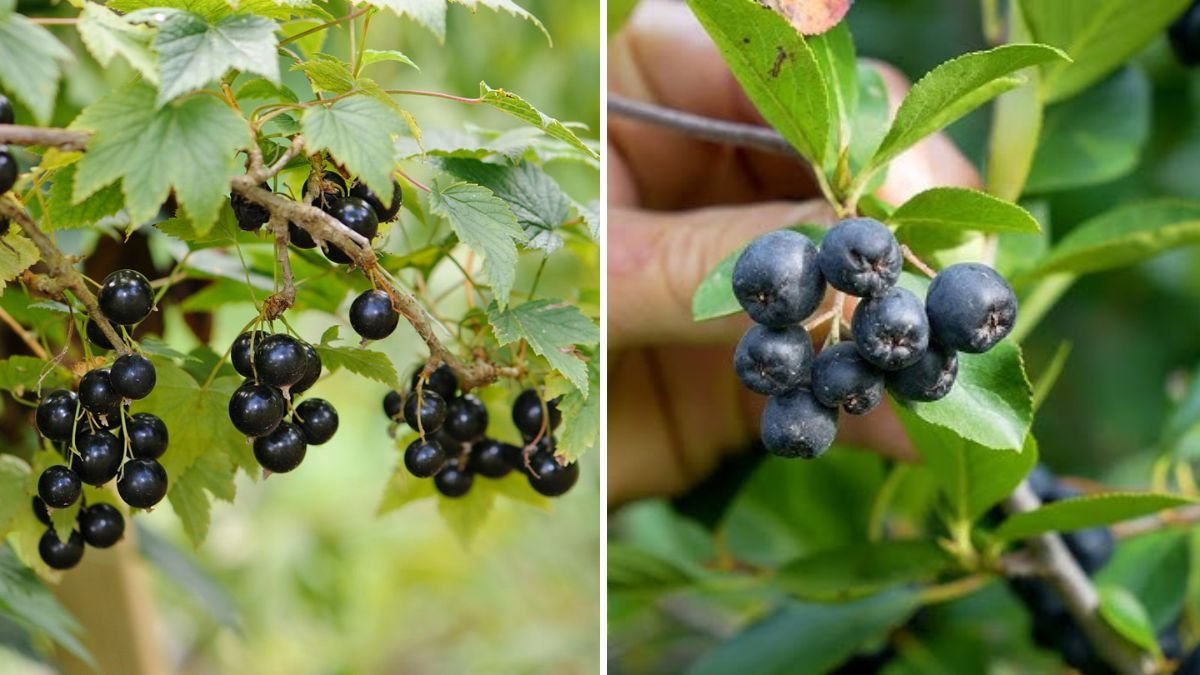
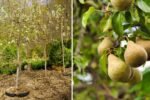


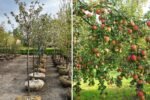

Leave A Comment